All Stories
-
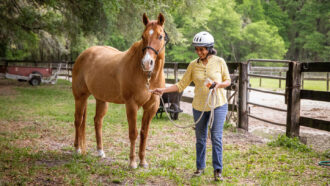 Tech
TechHorses are inspiring this roboticist to build trustworthy robots
Computer scientist Eakta Jain is looking at human-horse interactions for ideas about how to design robots that work well with people.
-
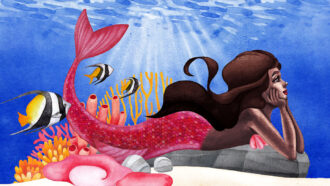 Oceans
OceansHow would a mermaid sound underwater?
Human ears don’t work well in the water. A mermaid would need marine creature features to talk to and understand her aquatic friends.
-
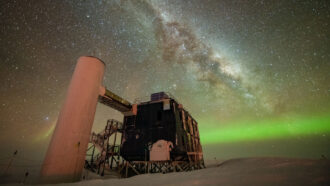 Space
SpaceGhost particles paint a new picture of the Milky Way
Scientists tracked neutrinos from space to create a new map of our galaxy. It’s the first image of the Milky Way to be made without light.
-
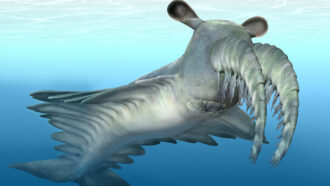 Fossils
FossilsThis bizarre ancient predator snagged soft prey
Scientists are rethinking how this extinct creature used the spiky limbs sticking out of its face to hunt.
By Nikk Ogasa -
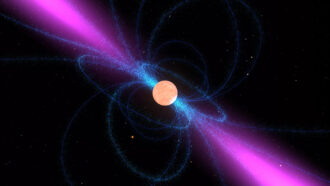 Space
SpaceScientists Say: Pulsar
These rapidly spinning dead stars send beams of radio waves into space like cosmic lighthouses.
By Skyler Ware -
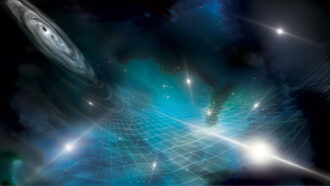 Space
SpaceNewfound gravitational waves may be from the biggest black holes in the universe
Observations of dead stars hint that ripples in spacetime — ripples light-years long — roll through our universe.
-
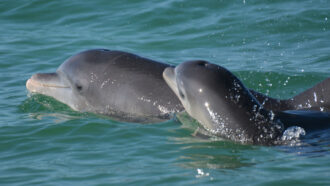 Animals
AnimalsBottlenose dolphin moms baby talk when their calves are near
Around their babies, bottlenose dolphin moms whistle with higher pitches. It’s similar to human parents speaking in baby talk.
-
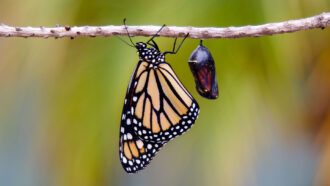 Animals
AnimalsExplainer: What is metamorphosis?
Insects, amphibians and some fish undergo metamorphosis. But they’re not the only ones.
-
 Animals
AnimalsMegalodons may have become megahunters by running hot
O. megalodon sharks were warm-blooded mega-predators. But when food sources dwindled, colder-blooded sharks may have had an evolutionary edge.
-
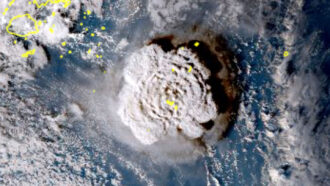 Earth
EarthA volcanic eruption sparked the highest lightning ever seen
The eruption plume spawned lightning that started 20 to 30 kilometers (some 12 to 19 miles) above sea level.
By Skyler Ware -
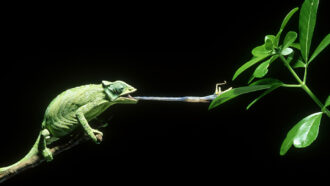 Ecosystems
EcosystemsScientists Say: Predator and Prey
Ecological relationships between predators and their prey drive the evolution of plants, animals and microbes.
-
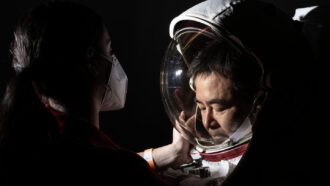 Health & Medicine
Health & MedicineSwollen chambers in astronauts’ brains may take 3 years to recover
How long astronauts spend in space and the time since their last mission affects how much fluid-filled chambers in their brains expand while in space.